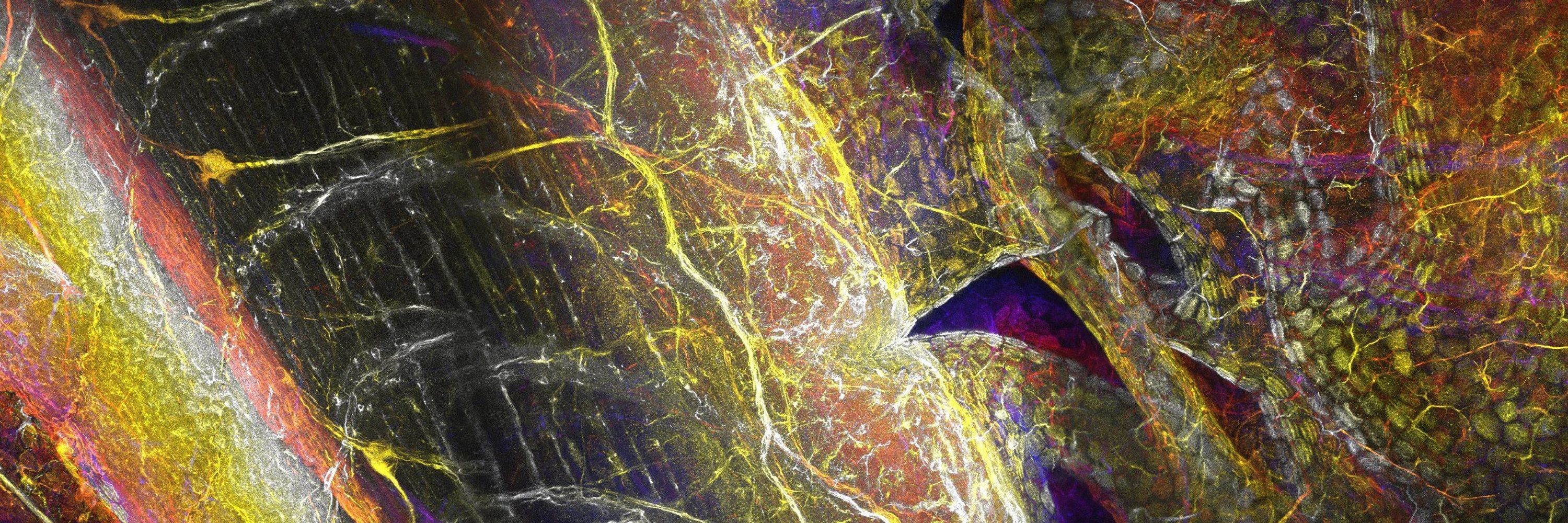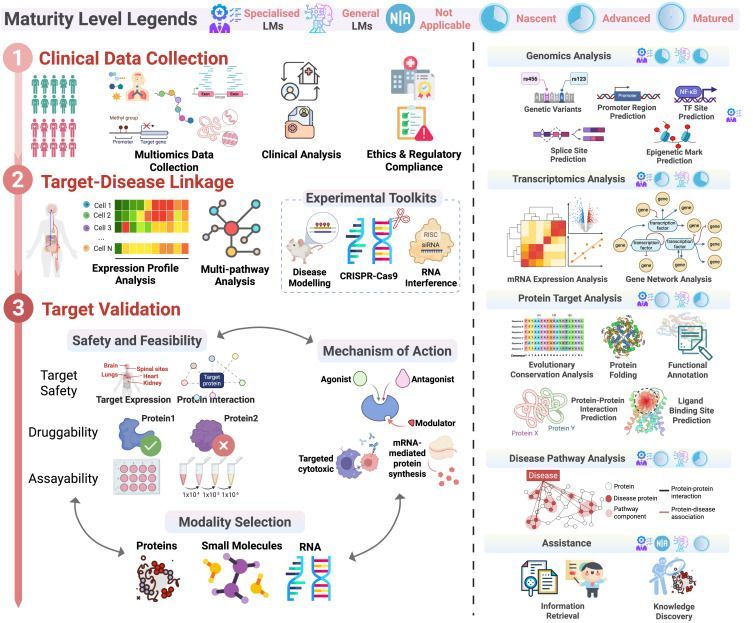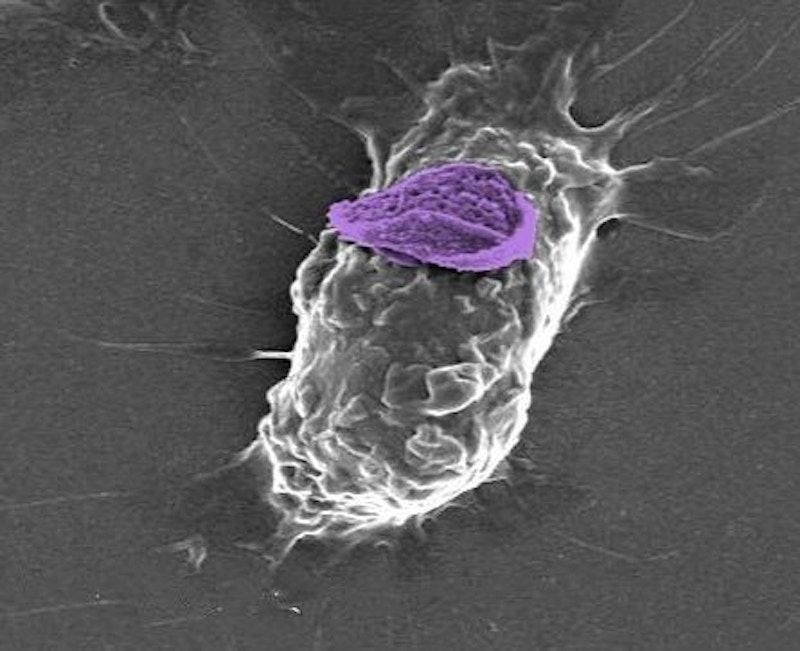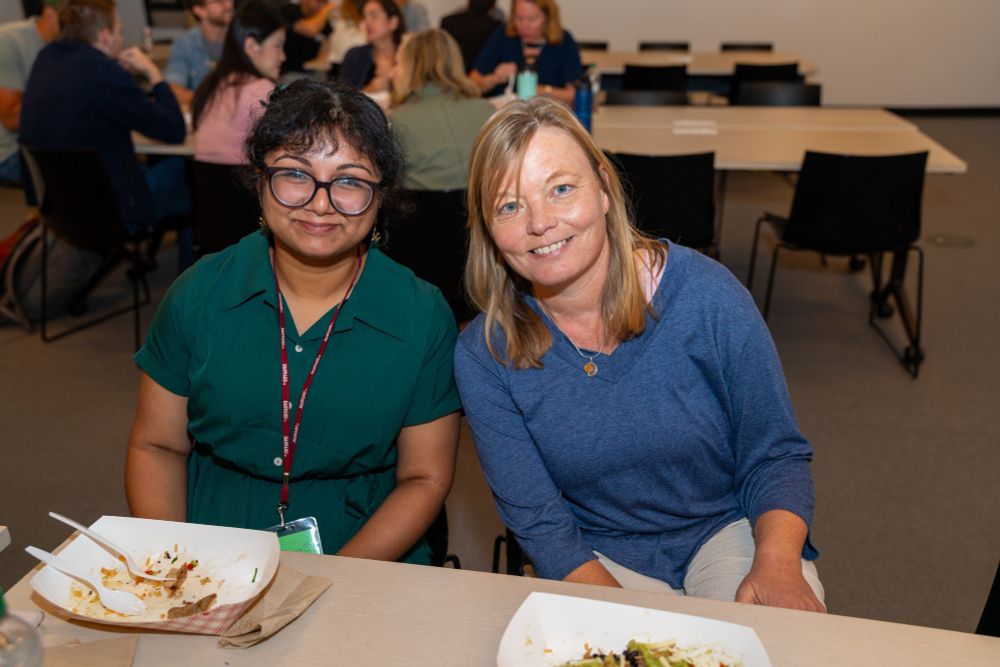The Wyss Institute at Harvard University
@wyssinstitute.bsky.social
1K followers
89 following
280 posts
The Wyss Institute seeks to transform engineering, medicine and the environment by creating new materials and devices using Nature’s design principles.
Posts
Media
Videos
Starter Packs
Reposted by The Wyss Institute at Harvard University





























